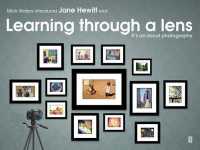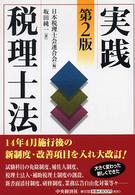- ホーム
- > 洋書
- > 英文書
- > History / World
Full Description
The city of Kyoto has undergone radical shifts in its significance as a political and cultural center, as a hub of the national bureaucracy, as a symbolic and religious center, and as a site for the production and display of art. However, the field of Japanese history and culture lacks a book that considers Kyoto on its own terms as a historic city with a changing identity.
Examining cultural production in the city of Kyoto in two periods of political transition, this book promises to be a major step forward in advancing our knowledge of Kyoto's history and culture. Its chapters focus on two periods in Kyoto's history in which the old capital was politically marginalized: the early Edo period, when the center of power shifted from the old imperial capital to the new warriors' capital of Edo; and the Meiji period, when the imperial court itself was moved to the new modern center of Tokyo. The contributors argue that in both periods the response of Kyoto elites—emperors, courtiers, tea masters, municipal leaders, monks, and merchants—was artistic production and cultural revival.
As an artistic, cultural and historical study of Japan's most important historic city, this book will be invaluable to students and scholars of Japanese history, Asian history, the Edo and Meiji periods, art history, visual culture and cultural history.
Contents
1. Introduction Part I 2. Warriors in the Capital: Kobori Enshū and Kyoto Cultural Hybridity 3. From Kyoto to Edo and Back: Karasumaru Mitsuhiro as a Seventeenth-Century Diplomatic and Cultural Emissary 4. Subversive Shelf Decoration: The Princeton Sagamigawa Picture Scrolls Part II 5. Urban Parks and Imperial Memory: The Formation of Kyoto Imperial Garden and Okazaki Park as Sites of Cultural Revival 6. Rescuing Temples and Empowering Art: Naiki Jinzaburō and the Rise of Civic Initiatives in Meiji Kyoto 7. Naturalism Fusing Past and Present: The Reconfiguration of the Kyoto School of Painting and the Revival of the Textile Industry Epilogue 8. A Kyoto Garden Renewal? From Meiji to Early Showa Period








